Today we’re going to be talking about seven strategic elements that are vital for marketing on Pinterest right now (end of 2021). Although every strategy is unique to each individual business, There are seven elements that must be incorporated into a successful Pinterest marketing strategy.
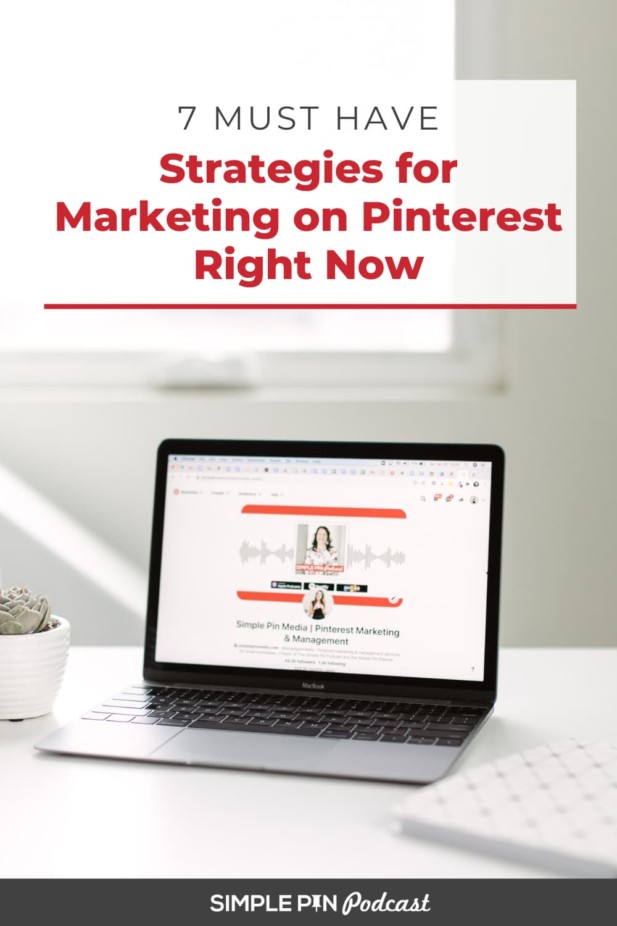
Strategy is such a buzz word on Pinterest. People drop their “strategies” in Facebook groups with some tantalizing numbers and people go crazy.
But I’m here to tell you they’re not really giving you strategies, they are sharing tactics. Using tactics is fine, but having a strategy is something different.
An effective strategy means knowing the purpose behind using Pinterest as a tool for moving your business forward.
Here at Simple Pin, we discovered that when we added the question “How did you hear about our services?” in our discovery calls, the most common responses were:
- SPM podcast
- referrals
We wanted to know how our membership people find us so we took a look at our Pinterest traffic. When we did, we realized Pinterest is a great platform to help us grow our email list and get new members.
It’s really important that you know who your audience is on Pinterest because audiences can be different on each of the platforms you use. For example, followers on Instagram use that platform much differently than those who use Pinterest. There are different ways to connect with each of these audiences, so it’s important to know who you need to target on Pinterest and how you can connect with them.
Related: Is Pinterest Social Media?
Regardless of what strategy you land on, here are seven key elements to keep in mind as you make your strategy work on Pinterest. If you focus on these main strategic elements, you will crush it on Pinterest.
It might take a while. It’s not going to happen overnight, but you will be able to tweak your tactics as needed without freaking out about what everyone else is doing.
Marketing on Pinterest: 7 Must-Have Strategic Elements
Focus on Diversification
Having your content in a variety of pin formats helps you show up in search results more regularly.
Before we just had standard pins, but now video pins and idea pins are all the rage. Who knows when Pinterest is going to introduce another format of pins! It’s really important that you don’t just create standard pins. You also need to create pins in the newer formats as well.
We’ve emphasized idea pins (formerly story pins) in many of our recent podcasts. I know that some people push back at this suggestion. But I’m here to tell you that it’s really good for your business to use all the different varieties of tools to get your content seen on Pinterest.
Focus on your content
People ask me all the time if they can pin their own content. Yes, absolutely!
In fact, I would tell you to pin 100% of your own content. If you want to pin other people’s content that is fine, especially if it complements yours and you want to build out your Pinterest boards a bit more.
The Pinterest algorithm doesn’t require that you pin other people’s content. We have heard Pinterest say this plenty of times. Focus on diversification to get your content out there, but it’s okay to focus on your content when pinning.
Generate user-focused content
So what I mean is you want to keep pinners in mind as you talk to them through your content. Think of them like you would if you were getting to know them. What are their main struggles?
They are on the Pinterest platform to perform research. They are there to plan and dream.
I joke that pinners don’t care about you, but with good reason. The mindset of people that go to Pinterest is “How can this serve me? What can I find?”
Pinners are not interested in somebody else’s conversation. They’re not really even interested in following someone else’s boards and what they’re pinning. They go with the intent to find a solution to a problem or a dream that they have.
They are always looking forward to the future. And remember, they’re going to be looking about six to nine months in advance of when they’re going to take action.
Keep it positive
Pinners come to Pinterest for inspiration and positivity. They respond to positive statements and methods much more readily than negative ones.
So instead of trying to frighten them with how to avoid a bug invasion while you’re on vacation, try “How to Prepare Your Home for Vacation” instead. People are going to be much more apt to click on that pin.
Positivity is also huge on Pinterest because there’s not a lot of conversation. It’s the place where people go to avoid conflict and controversy that’s inherent in other platforms (that shall remain nameless).
inspire the pinner
Pinterest plays a key role in the beginning of a buyer’s journey. If you want to get a buyer’s attention, you need to start by inspiring them before they even know what they want. Help them dream about that porch project or a new winter look.
A few episodes back I talked about our Simple Pin Framework. This is the journey we see pinners move through as they gravitate toward a purchase:
Inspire >> Inform >>Decide.
The really important thing about this framework is that when a marketer on Pinterest gets it and hits people at that inspiration stage, that’s when they create that “Aha!” moment of:
Ooh, I might want this for later. I’m going to save it!
Communicate Who You Are And How You CAN Help
This is the next stage of the Pinterest Framework. Once you’ve planted that seed and you’ve created that aha moment, you want to use that spark of inspiration to fuel that cold audience and warm them up to you.
So a practical next step (after inspiring them) is to connect with them when they come to your website. Give them more context and details to inform them about what you do and how your product or service can help them reach the end result they’re looking for.
Here’s an interesting way to think about Pinterest traffic.
Picture a house that anybody can come into from Pinterest at any entry point. They can come in through a window, the back door, the front door, a side door – anywhere! You have to be prepared to capture people and help bring them into your community by talking a little bit about what you do so that they say Oh, I’m in the right place. This is perfect.
We discuss this idea in more detail in a previous episode about how to create a user-friendly website.
MAKE IT EASY FOR THEM TO TAKE ACTION
People are lazy. I’m lazy.
I roll my eyes when I have to put in my name and email address on a form. Anyone else use those guest checkout things just to avoid all the form information and the clicks? I know, I’m incredibly lazy for something that will take 14 seconds of my time.
But that’s how we function in the online world — your people are lazy too! They don’t want something to take any longer than necessary. So make sure it’s a super simple and clear path to buy once they’ve made it to your website and they have the information that they need to make a decision. The fewer clicks the better.
I recommend asking a peer or a friend to go through the user journey from Pinterest to your website. Ask them everything about their experience.
Why?
Because your user journey could be really clunky.
People can uncover glitches and identify things that they find annoying. So make sure you find someone who can be really honest. You don’t want to miss the opportunity to connect with the people that you’re marketing to on Pinterest.
And don’t forget about the importance of website speed. If your website loads too slow, people are going to be jumping ship faster than you can communicate with them.
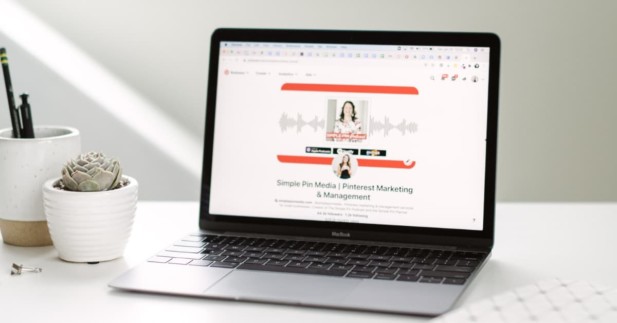
STRATEGIC ELEMENTS FOR MARKETING ON PINTEREST: LET’S RECAP
So let’s go over the key elements of a successful strategy for marketing on Pinterest one more time.
As a reminder, your strategy is why you use Pinterest. Then you need to make sure these strategic elements are a part of your strategy for marketing on Pinterest with a few tactics added in:
- Diversification – Make sure you’re using the multiple formats that Pinterest offers you.
- Focus on Your Content – Only pin your own stuff.
- Focus on The Reader – Make sure your content is about your reader, not you.
- Keep It Positive – Try to avoid the use of negative terms. Instead of “how to avoid” go to “how to prepare.”
- Inspire – You want to hit people early in the inspiration point of their journey.
- Inform – Give them more information once they come to your website so they know who you are, what you do, and why they should hang out with you.
- Make It Easy – Ask a peer to go through the user journey from Pinterest to your website to uncover any potential areas of friction.
For Further Listening/Reading:
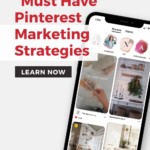
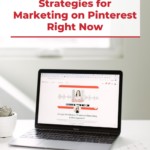



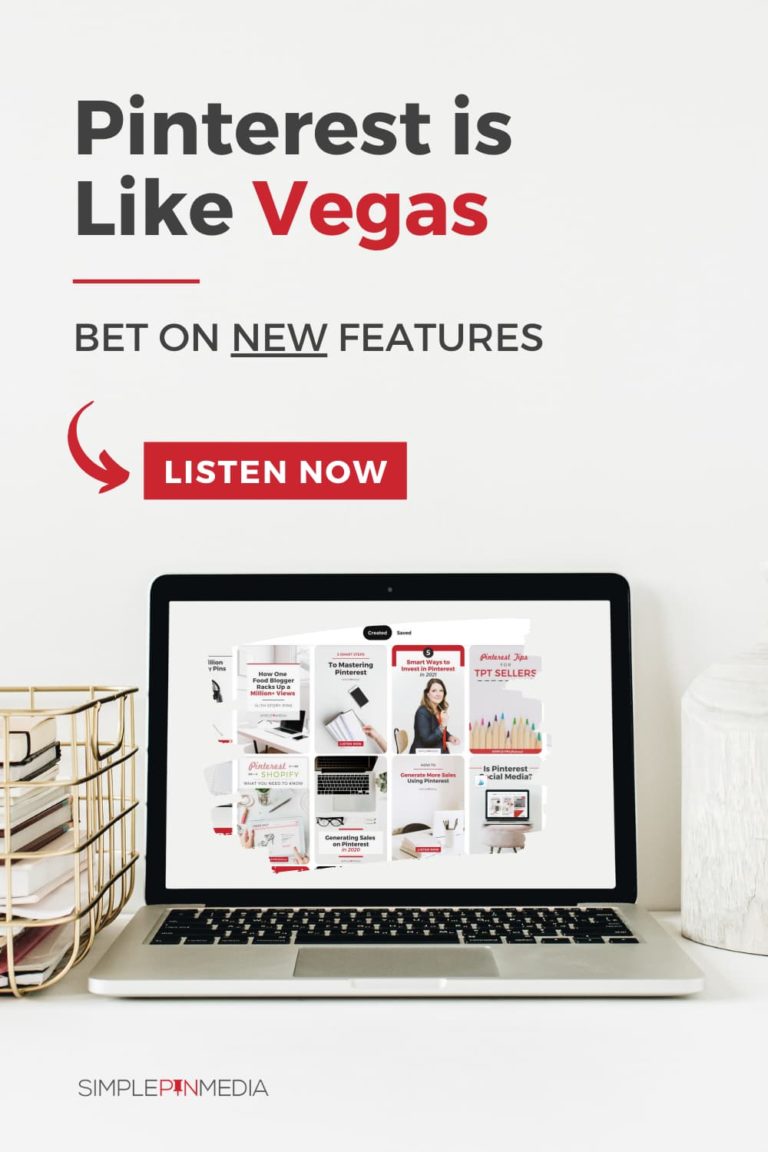



GREAT POST! This would really help newbie bloggers to know the secret of using Pinterest for their business.